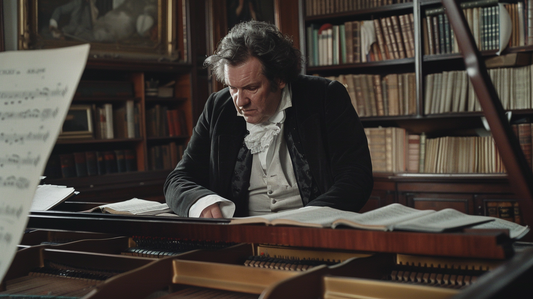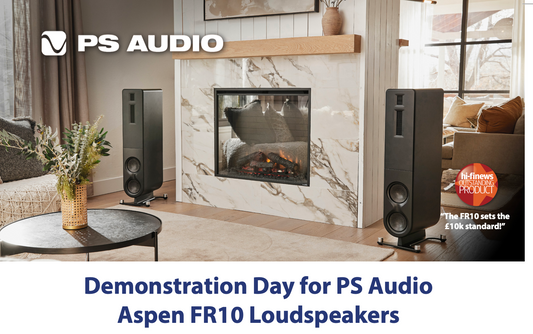Ear openers
by Paul McGowan
I might have said my first introduction to tweaking rooms for best sound was a religious experience because the man that demonstrated it looked like he stepped from the pages of the Bible.
It was the early 1990s at CES, near the end of a long day of greeting customers and demonstrating the system when a bearded, long haired man - dressed entirely in black - entered the room (had he been dressed in robes the illusion would have been uncanny). He introduced himself as Michael Green from Room Tunes, and proceeded to tell us what miracles he could bring by adding objects to the room. Both Arnie Nudell and I were certainly familiar with the round cylinders of Arthur Noxon, called Tube Traps, but Green claimed something very different.
The room had cleared out and we agreed to let him wave his wand in the interest of better sound. He returned with a trolley full of rectangular floor standing frames, each about four feet high, two feet wide and six inches deep. Each frame was covered in an attractive gray grille cloth and weighed next to nothing. On each base was a label indicating directionality. There were probably ten frames and Green quickly distributed half of them in a semicircle equidistant between the back of the speaker and wall. The other half were placed to the sides of the room facing the listener. Music played and Green busied himself repositioning frames until he was happy, then asked us to sit and listen.
Where previously we had a good soundstage and proper tonal balance of instruments, now a vast panorama extended deeper into the room and wall to wall too. Instruments were much more believable and the whole presentation took on a life we hadn't yet experienced. It was a real ear opener if ever there was one.
We subsequently purchased the lot of lightweight frames and took them home with us and used them for many years. The idea behind the Room Tune was nothing new: a reflective membrane on one side and an absorptive material on the other. But building them into an accessible and attractive product like Green did was something I hadn't seen. I don't know what happened to Green - I had heard a rumor he was denied entry into Singapore because of his appearance, and somewhere along the way he began veering into the weird by making pillows for corners that didn't do anything I could hear - though I see he has a website called Michael Green Audio.
Regardless of where he landed, the day he walked into our room was the beginning of something interesting.
- Choosing a selection results in a full page refresh.
- Opens in a new window.








